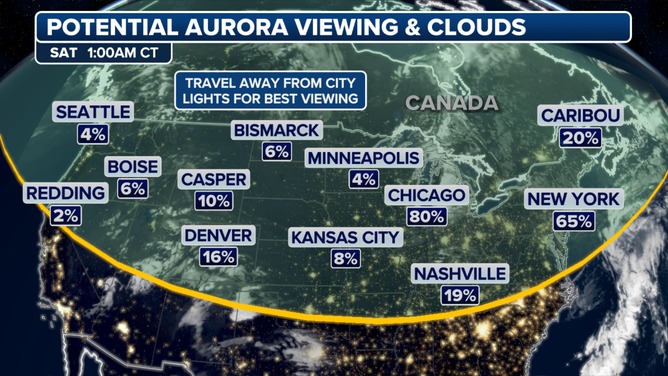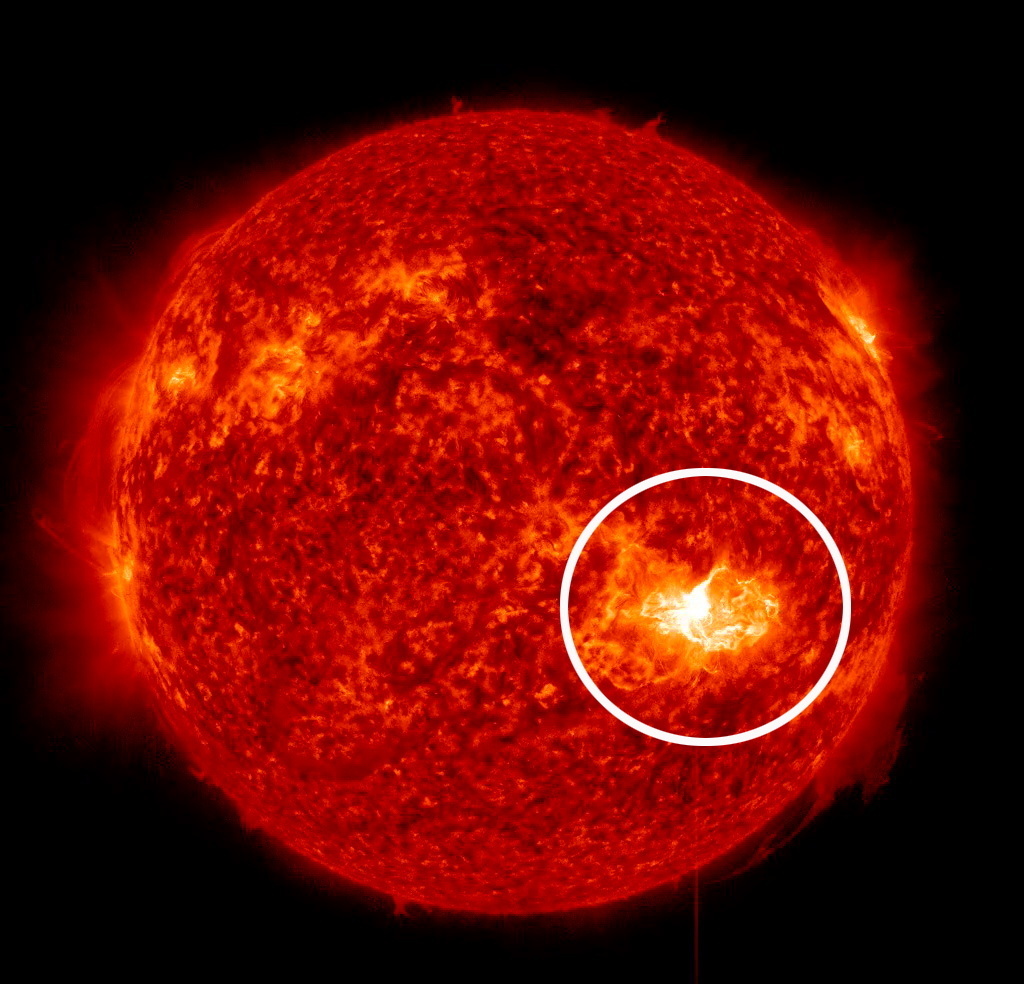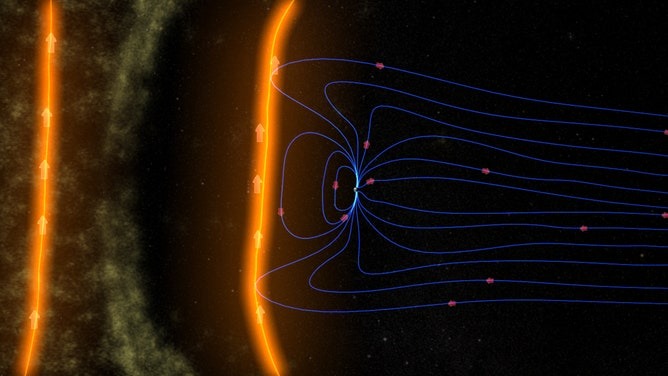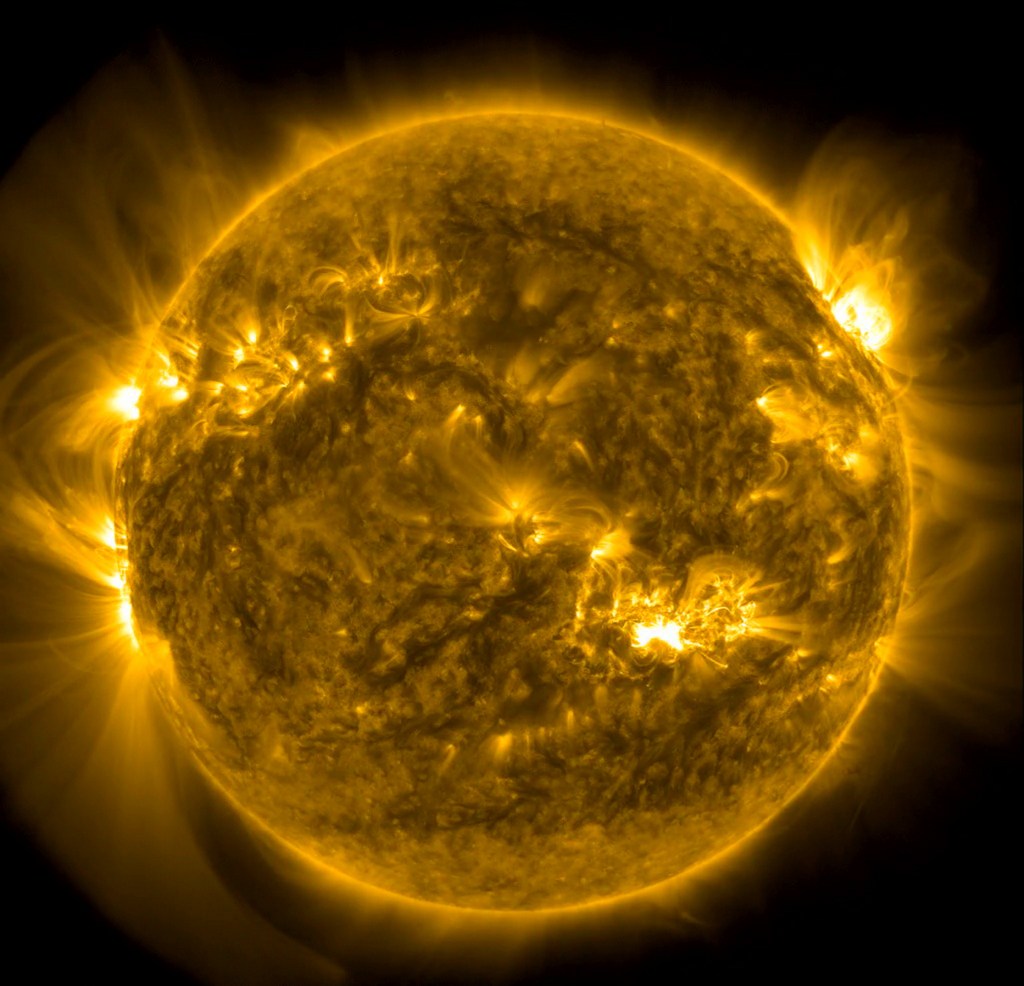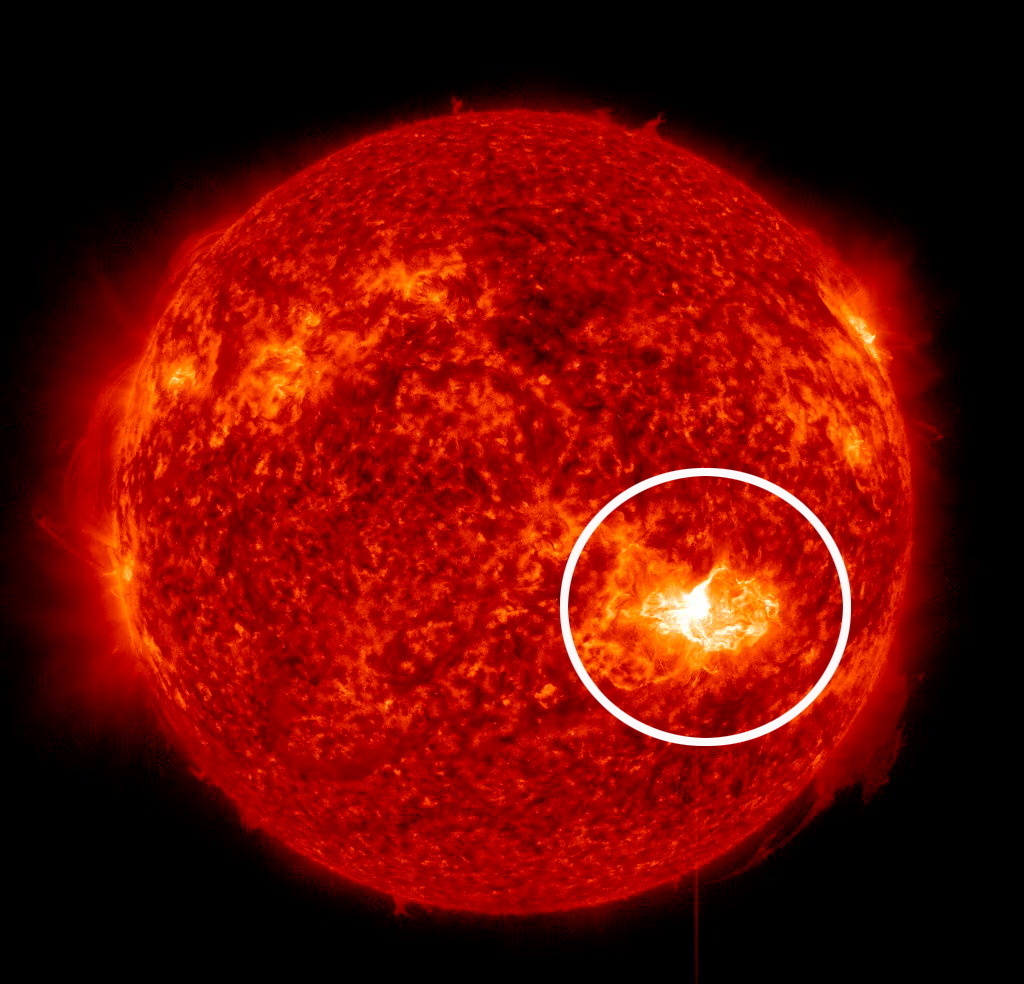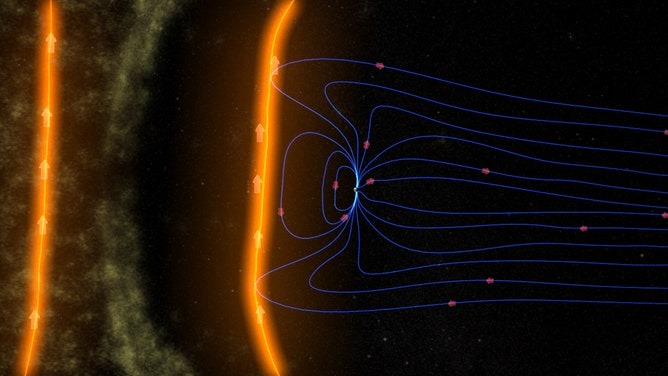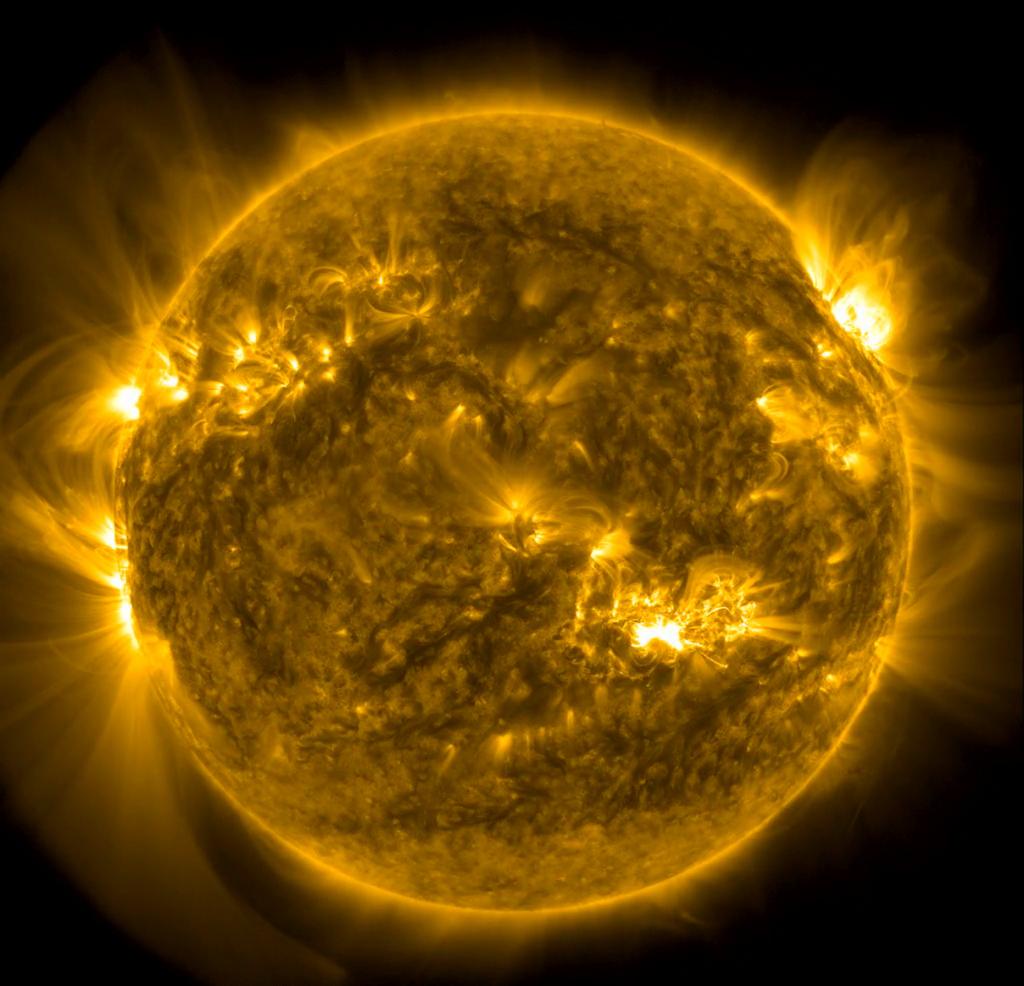Rare solar storm to make northern lights visible to most of US: Here’s how to see it
A powerful solar storm will make the northern lights visible to most of America — including the New York City area — Friday night, but you’ll need to get out of the city if you want a chance at seeing the auroras.
The National Oceanic and Atmospheric Administration (NOAA) has upgraded the looming geomagnetic solar storm to a level 4, which is capable of disrupting America’s electrical grid and making the northern lights visible as far south as Alabama.
The key to witnessing the natural phenomena will depend on the amount of cloud coverage and light population, making upstate New York or Long Island the best bet for city dwellers.
Where the northern lights will be the most visible
The visibility range for the northern lights has been extended to a vast arc covering most of America due to five solar energy pulses striking the earth on Friday afternoon.
The arc swings from Virginia, to southern Alabama, covering Colorado and ending in Northern California, with the clearest visibility available to the more northern states, according to Fox Weather Center.
Anyone inside the arc has a chance of seeing it as long as they look toward the northern horizon, but weather will play a clear role in how much the auroras will be visible.
While Nashville is in the far south, residents there could potentially have a better view compared to those in the New York metropolitan area, where clouds are expected to persist until early Saturday.
Those living outside of major northern cities like Seattle and Minneapolis are expected to get the best views.
When will it be visible
The northern lights will be visible after sunset on Friday, with the peak time beginning at around 9 p.m., according to Fox Weather.
The lights will persist all night and start to dissipate by sunrise on Saturday.
With cloud coverage over the metropolitan area expected to disperse by 3 a.m., New Yorkers’ could have more than two hours of clear aurora viewing before sunrise at 5:41 a.m.
What are the effects of a solar storm
Geomagnetic storms are caused by strong energy pulses released from the sun that slam against our planet and have the potential to disrupt our energy grids.
A level 4 geomagnetic storm is capable of triggering GPS problems, hampering satellite communications, and causing blackouts of high-frequency radio.
An extreme geomagnetic storm took out the power grid in Sweden and left power transformers damaged in South Africa back in 2003.
Way to track the storm
The NOAA’s Space Weather Prediction Center will continue to provide updates on the incoming geomagnetic storm as experts calculate its power and expected impacts.
As of Friday afternoon, the storm is still registered at a level 4 magnitude capable of extending the northern lights to most of the US.
When was the last time this occurred
NOAA last issued a “severe” level 4 Geomagnetic Storm Watch alert in January 2005.
NOAA says scientists have only been able to observe three severe geomagnetic storms since the current solar cycle started in December 2019.
Geomagnetic storms have become more common over the past year as the sun reaches its maximum phase of its solar cycle, which sees more particles fly toward the Earth.
The solar cycle defines the sequence in which the celestial body’s magnetic field flips every 11 years.
The current event, Solar Cycle 25, began in 2019 and could last until 2030.








